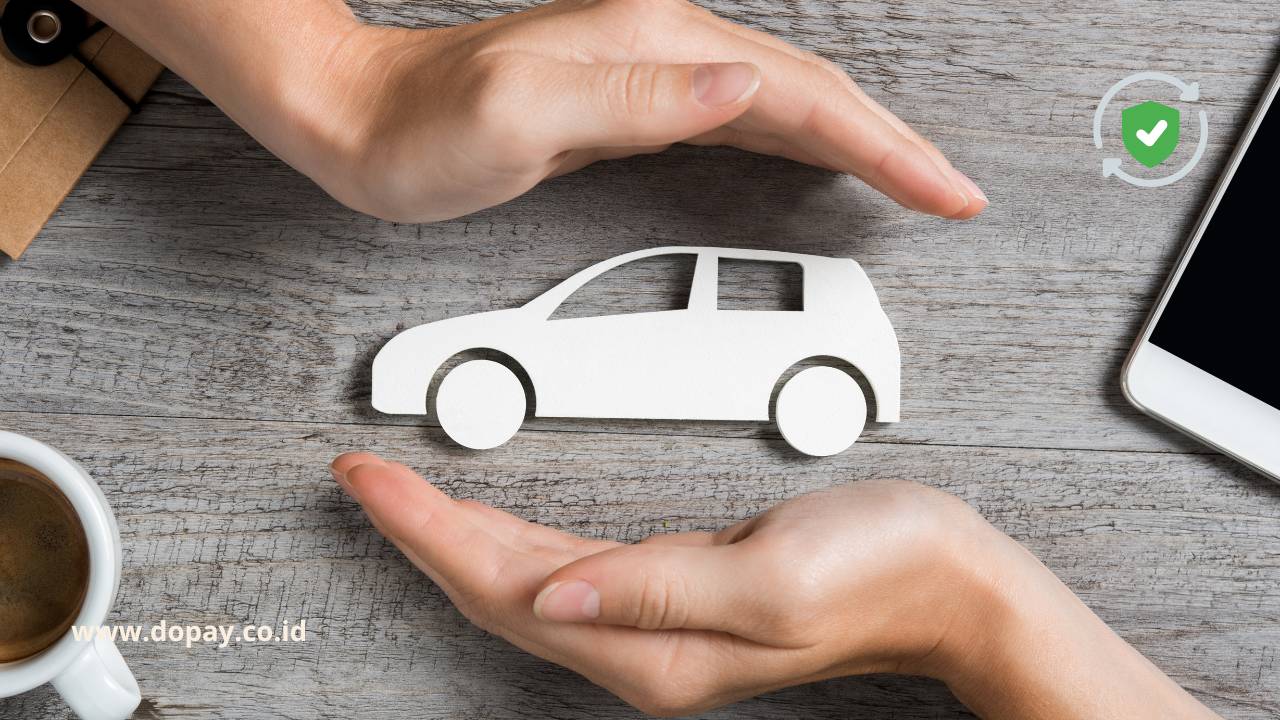Understanding Car Insurance
Car insurance can seem complicated, but it doesn’t have to be. Whether you’re buying a car or renewing your insurance, knowing what your policy covers—and what it doesn’t—can save you time, money, and stress down the road. In this guide, we’ll walk you through the basics of car insurance, explain what is typically covered, what isn’t, and how to make sure you’re getting the right coverage for your needs.
1. What is Car Insurance?
Car insurance is a contract between you and an insurance company that protects you financially if you’re involved in an accident or if your vehicle is damaged or stolen. In exchange for your premium payments, the insurance company agrees to cover specific costs related to damages, medical expenses, and legal liabilities, depending on the type of policy you choose.
At its core, car insurance is designed to offer peace of mind while driving. Accidents and unexpected events can happen at any time, and the right coverage ensures that you won’t be financially crippled by the costs.
2. Why Do You Need Car Insurance?
There are several important reasons why car insurance is essential:
- Legal Requirement: In most places, having at least a basic level of car insurance (liability coverage) is mandatory by law.
- Financial Protection: Car accidents can result in costly repairs and medical bills. Insurance helps cover these expenses, reducing your out-of-pocket costs.
- Protection from Lawsuits: If you are at fault in an accident, insurance can protect you from being personally sued for damages.
- Peace of Mind: Knowing that you’re protected against the unexpected allows you to drive with more confidence.
3. Types of Car Insurance Coverage
Understanding the different types of car insurance coverage is key to building a policy that fits your needs. Here are the most common types:
Liability Coverage
This is the minimum required by law in most states. It covers:
- Bodily Injury Liability: Pays for medical expenses if you’re responsible for injuring someone in an accident.
- Property Damage Liability: Covers damages to other people’s property, such as their car, fence, or home, caused by your vehicle.
Collision Coverage
Covers damages to your vehicle resulting from a collision, whether it’s with another car or an object, like a tree or fence. This is optional but recommended if you have a newer or more valuable car.
Comprehensive Coverage
This protects your car from non-collision events such as theft, vandalism, natural disasters, or falling objects. It’s also optional but can be highly beneficial in areas prone to such risks.
Personal Injury Protection (PIP)
This coverage pays for medical expenses for you and your passengers, regardless of who’s at fault. It may also cover lost wages and other related expenses.
Uninsured/Underinsured Motorist Coverage
If you’re hit by a driver without insurance or not enough coverage, this insurance will pay for damages or medical expenses.
4. What Car Insurance Typically Covers
Car insurance is designed to cover a variety of situations. Here’s what’s usually included:
- Accident-related vehicle damage: Both liability and collision insurance cover damage to your car or another vehicle in the event of an accident.
- Medical expenses: Personal injury protection or medical payments coverage can help pay for your medical bills after an accident.
- Property damage: Liability insurance covers damage you cause to another person’s property.
- Legal fees: If you’re sued after an accident, your liability insurance can help cover your legal costs.
5. What Car Insurance Doesn’t Cover
While car insurance provides significant protection, there are still some things it won’t cover:
- Wear and tear: Insurance doesn’t cover routine maintenance or wear and tear on your vehicle, such as tire replacement or oil changes.
- Mechanical failure: Unless caused by an accident, mechanical breakdowns are not typically covered.
- Intentional damage: Any damage caused intentionally by the policyholder is not covered by insurance.
- Use in business activities: If you’re using your car for commercial purposes (like food delivery or ride-sharing) without additional commercial insurance, damages may not be covered.
6. How to Choose the Right Car Insurance Policy
Selecting the right car insurance policy requires considering your personal needs, vehicle value, and driving habits. Here’s how to choose wisely:
- Assess Your Needs: If you drive frequently or have a newer car, consider comprehensive and collision coverage. If your car is older, you might only need liability insurance.
- Shop Around: Don’t settle for the first quote you receive. Get multiple quotes to compare costs and coverage.
- Understand the Deductible: A higher deductible means lower premiums, but be sure you can afford the out-of-pocket cost if you need to file a claim.
- Check for Discounts: Many insurance companies offer discounts for safe drivers, students, bundling policies, and more.
7. Factors That Impact Your Car Insurance Premium
Several factors can influence the price of your car insurance premiums, including:
- Your Driving Record: A clean driving record typically means lower premiums, while accidents and violations increase costs.
- Location: Where you live affects your premium. Areas with high rates of accidents or theft can result in higher insurance costs.
- Vehicle Type: More expensive or high-performance cars usually come with higher insurance rates.
- Credit Score: In some regions, your credit score may impact your insurance premium, as insurers believe there’s a correlation between credit health and risk.
- Age and Gender: Younger drivers, especially teenagers, generally face higher insurance rates because they’re considered higher risk.
8. Tips for Saving on Car Insurance
Car insurance can be expensive, but there are ways to reduce your premium without sacrificing coverage:
- Bundle Policies: If you have multiple insurance policies (like home and car), bundling them with one provider can result in a discount.
- Increase Your Deductible: Opting for a higher deductible can lower your monthly premiums.
- Take Advantage of Discounts: Ask your insurer about available discounts, such as those for safe driving, good grades, or taking a defensive driving course.
- Shop Annually: Reevaluate your policy each year to see if you can get a better rate or coverage elsewhere.
9. Common Mistakes to Avoid When Buying Car Insurance
Here are some frequent mistakes people make when purchasing car insurance:
- Choosing the Cheapest Policy: While it’s important to stay within budget, choosing the lowest-cost policy may leave you underinsured in an accident.
- Not Understanding Your Coverage: Make sure you fully understand what’s covered and what isn’t before committing to a policy.
- Failing to Update Your Policy: If you move or significantly change your driving habits, be sure to update your policy accordingly to avoid gaps in coverage.
- Ignoring Deductibles: Opting for a very low premium with a high deductible can backfire if you can’t afford to pay out-of-pocket when needed.
10. Frequently Asked Questions (FAQs)
1. Do I need car insurance if my car is old?
Yes, even if your car is old, you’re still legally required to have at least liability insurance. However, you may not need comprehensive or collision coverage if your car’s value is low.
2. What happens if I’m hit by an uninsured driver?
If you have uninsured/underinsured motorist coverage, your insurance will cover the costs. Without this coverage, you may have to pay out of pocket or pursue legal action against the other driver.
3. Does car insurance cover rental cars?
Some policies extend coverage to rental cars, but it’s important to check with your provider. If not, you may need to purchase additional insurance from the rental agency.
4. How do I file a claim after an accident?
First, ensure everyone is safe and contact the police. Then, gather information from the other driver and any witnesses. Contact your insurance company to start the claims process and provide them with all necessary details.
5. Can I cancel my car insurance at any time?
Yes, but you may be charged a cancellation fee depending on your provider. Be sure to have new coverage in place before canceling to avoid any gaps in coverage.
By understanding what your car insurance covers and what it doesn’t, you’re in a better position to choose the right policy and avoid unpleasant surprises down the road. Use this guide as a reference to ensure you’re making informed decisions when it comes to protecting your vehicle, your finances, and yourself.



